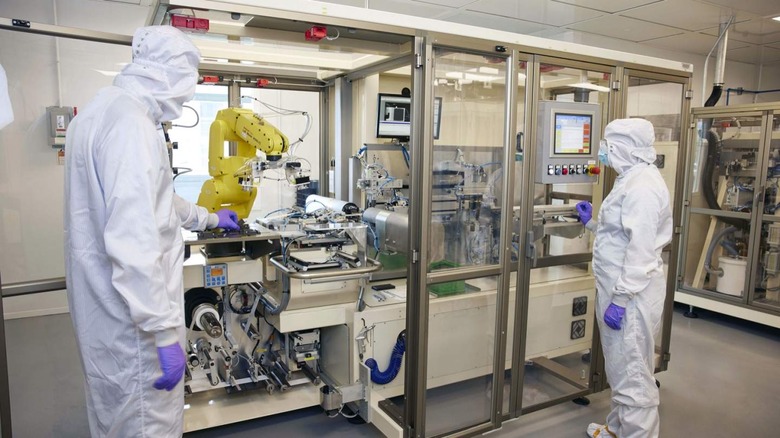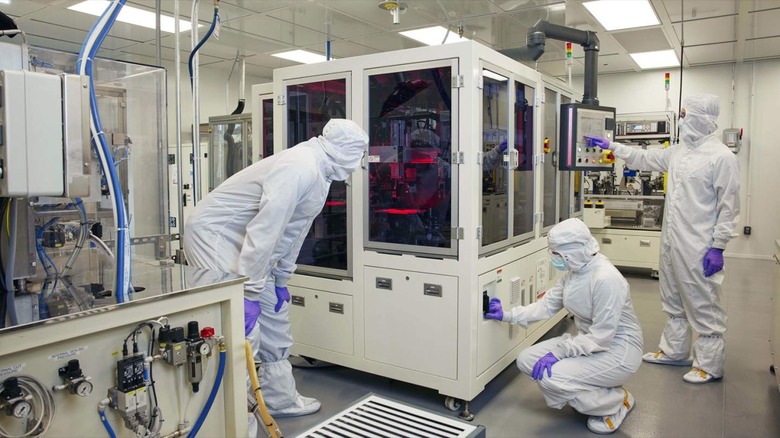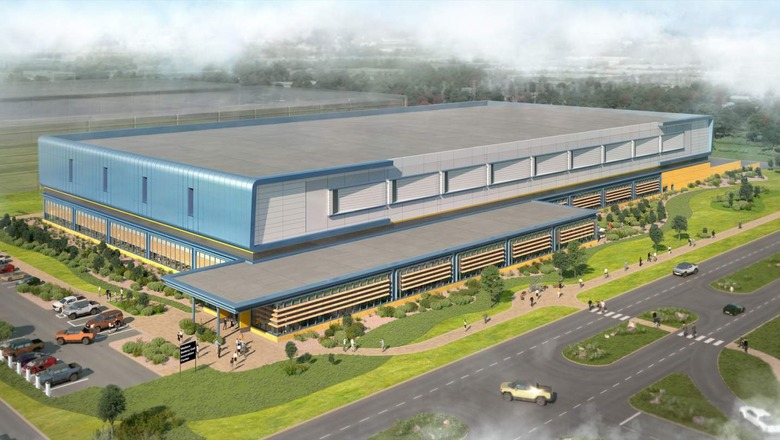This Is GM's New Battery Tech Center Tasked With Unlocking 600 Mile EVs
General Motors is building a new EV battery research facility, with the Wallace Battery Cell Innovation Center aiming to figure out cheaper and longer-lasting tech for electric vehicles. Located in a new center under construction in Warren, MI, the Wallace Center is targeting EVs that can drive 500-600 miles on a single charge, while also cutting the cost of batteries by around 60-percent.
They're ambitious goals, but GM sees achieving them as vital if electric vehicles are to be affordable. The new innovation center comes on the heels of the $5 billion the automaker already invested into its battery joint-venture with LG Chem.

The facility is named after Bill Wallace, the former GM director who was instrumental in helping develop the battery tech used in cars like the Chevrolet Volt and Bolt EV. Wallace was also key in building GM's partnership with LG Chem, and worked on the company's electrification projects up until his death in 2018.
Co-located with development engineers, research, and manufacturing, the Wallace Center will take the technologies created from GM's work with LG Chem and Solid Energy Systems, and then develop it for manufacturing. The facility will have the capability to build large-format, prototype lithium-metal battery cells up to 1 meter in size. That would make them almost twice as large as the initial Ultium pouch cells, and built with the same quality controls as the company's other plants.
It'll also allow GM to hedge its bets between different battery technologies, as the performance and costs of each shakes out. That could include pure silicon and solid-state, along with other new materials and chemistries.

Get it right, the automaker is predicting, and the result will be an increase in power density and affordability. On the one hand, GM is hoping for at least a 60-percent cost reduction compared to today's cells in the Bolt EV and Bolt EUV. That's not only when it comes to manufacturing, but for improvements in modeling the whole lifecycle of a battery, including secondary use after automotive applications, and through to efficient recycling.
For power density, the expectation is anything from 600 to 1200 watt-hours per liter. That would be sufficient, it's estimated, for a 500-600 mile range from the next generation of Ultium batteries. The first generation Ultium is expected to offer up to 450 miles on a charge, vehicle depending.

The site itself is currently under construction, with the superstructure already established. When complete – which GM expects in Q2 or Q3 2022 – it'll be close to 300,000 square feet, with the expectation of hundreds of engineers both from the automaker's existing ranks and new hires. No word on exact investment amounts or staffing levels, at this stage, but GM says it's on a scale of hundreds of millions of dollars.
As for how long it might take for developments at the Wallace Center to reach production and then the road, there GM is similarly coy on making too aggressive a prediction. Still, the expectation is that by mid-decade the automaker should be reaping the benefits of its new innovation hub, having built its first prototype cells in Q4 of next year.
